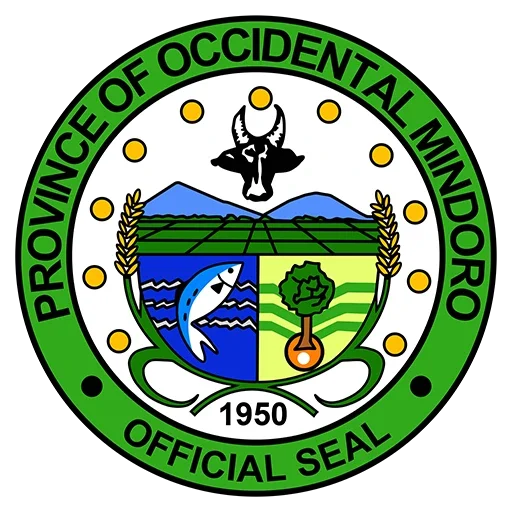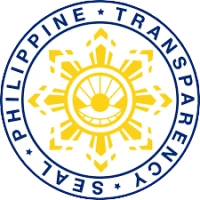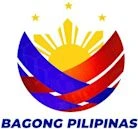ABOUT THE OCCIDENTAL MINDORO
Map of Occidental Mindoro
Founded: June 13, 1950 through Republic Act 505 seeking the division of Mindoro into two provinces – Oriental Mindoro and Occidental Mindoro
Population: 487, 414 (2015 Census)
Land Area: 5,865.71 km2 (2,264.76 sq. mi)
Dialect: Tagalog, Ilokano, Kinaray-a (Bisaya), Mangyan Dialects
Weather: Occidental Mindoro has two distinct weather types: rainy season and dry season. Rains begin to fall in the province in late May, intensifying through June, July, August, September and October, then gradually subsides in November. The months of August and September are the wettest period, with storms directly passing through the area. On the other hand, dry season starts in November, with rainfall subsiding in intensity, and altogether ceasing in January, February, March and April. March and April are the driest period, with cloudless skies and parched earth characterizing the general area. Temperature range is from 26 °C (79 °F) in the windy uplands to 32 °C (90 °F) in the lowlands.
Transportation: By air, it takes 30 minutes from Manila to San Jose via small aircraft company providing chartered flights to the province. By Sea, it takes 3 hours from Batangas City pier to Abra de Ilog Pier via Roll-on, Roll-off vessels of the Montenegro Shipping Lines and Besta Lines.
Major Industries: Agriculture, Farming, Fishing and Aqua Farming, Salt and Food Processing
Major Product: Rice, Corn, Salt, Mangoes
Source of Livelihood: White- and Blue-Collar Jobs, Farming, Livestock and Poultry Raising, Trading and Construction
Municipalities: Abra de Ilog, Calintaan, Looc, Lubang, Magsaysay, Mamburao, Paluan, Rizal, Sablayan, San Jose, Sta. Cruz
Article Source: www.wikipedia.org & Occidental Mindoro Provincial Tourism Office
Mindoro Island was originally known to the ancients as Ma-i. It was formally called Mait, and known to the Chinese traders before the coming of the Spanish. Its existence was mentioned in the old Chinese chronicles in 775 A.D. and more elaborately in 1225. It was a major anchorage in the Southeast Asia trade route during the pre-Philippines period. Chinese, Arab and Indian merchants traded with the natives. In 1570, the Spanish began to explore the island and named it Mina de Oro (“mine of gold”) after finding some of the precious metal, though no major gold discoveries were ever made.
The natives of Mindoro were called Manguianes by the Spaniards. But the natives refer to themselves by their ethnic or clan identification. There were seven such ethnic or clan distinctions, which are differentiated by language and areas where each can be found.
The Mangyans, as they are now anthropologically known, do not have a warrior society. They are a peaceful, shy but friendly people. They are rarely known to be hostile, and have had no significant record of violent conflict with other people in the entire history of the province. They grow root crops in forest clearings (slash and burn farms), and hunt wild animals in the forest for their meat needs.
There are no authentic documents in existence explaining the original stock of the Mangyan people, but later theoreticians postulate that they migrated from Indonesia before 775 A.D. They hopped from island to island, until finally settling down permanently in Mindoro. It appeared that clan settlements existed in the North as well as in the southern ends of the island. By 779, the southwest coast of the island was already a known trading center, and its fine natural harbor frequented by Arab, Indian and Chinese maritime traders who plied the route. But there was no attempt of subjugation, just trading.
Republic Act No. 505, an Act to Create the Province of Occidental Mindoro and Oriental Mindoro, approved by Congress on June 30, 1950 created the Province of Occidental Mindoro and its sister province, Oriental Mindoro.
Article Source: www.wikipedia.org & Occidental Mindoro Provincial Tourism Office
To get more information about Occidental Mindoro and it’s Ecological profile, please click this link.



